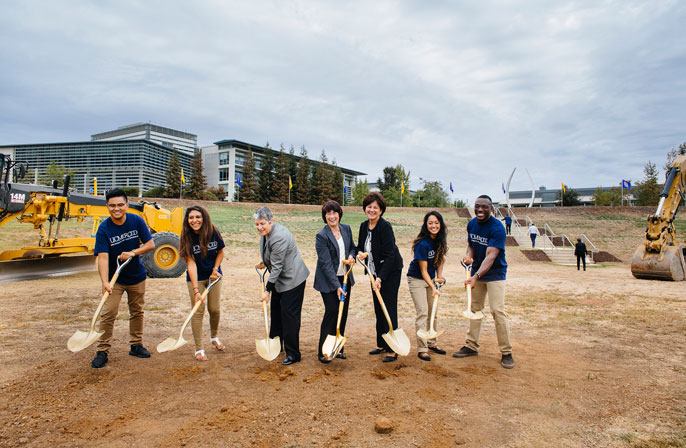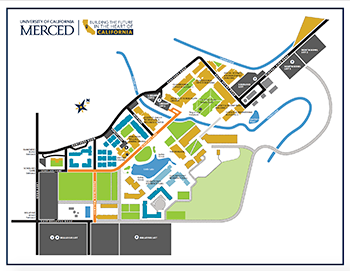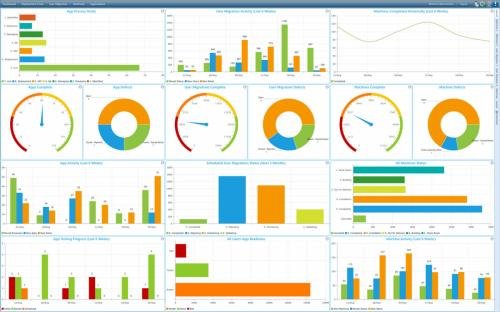

The project is a public-private-academic partnership among TID, the Department of Water Resources (DWR), Solar AquaGrid and UC Merced. California wants 50% of its electricity to come from renewable sources by 2030 and allocated $20 million for Project Nexus.

8 board meeting, TID officially approved Project Nexus. “The cooler microclimate next to the canal mitigates panel heating, which enhances PV efficiency, and shade from the panels mitigates aquatic weed growth which is a major maintenance issue.”Īt its Feb. Using water canals for solar infrastructure conserves water while producing renewable electricity and avoids converting large tracts of land to solar development,” McKuin said. “Solar canals are an example of an energy-water nexus that offer multiple sustainability benefits.

That’s comparable to the same amount needed to irrigate 50,000 acres of farmland or meet the residential water needs of more than 2 million people.Ĭovering all state water canals with solar installations would also generate 13 gigawatts of renewable power, equaling roughly 1/6th of the state’s current installed capacity - about half the projected new capacity needed by 2030 to meet the state’s decarbonization goals. Environmental engineering graduate alumna Brandi McKuin was one of the researchers who showed that covering the 4,000 miles of California’s water canals could reduce evaporation by as much as 82%, saving about 63 billion gallons of water a year. The project is based on research commissioned by a company called Solar AquaGrid through the Sierra Nevada Research Institute and UC Water. A research project conducted by a UC Merced graduate student is becoming a reality as the Turlock Irrigation District (TID) approved piloting the first-in-the-nation construction of solar panels over water canals.


 0 kommentar(er)
0 kommentar(er)
